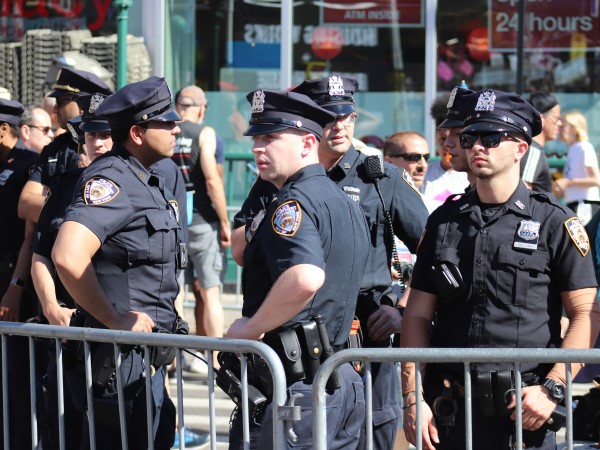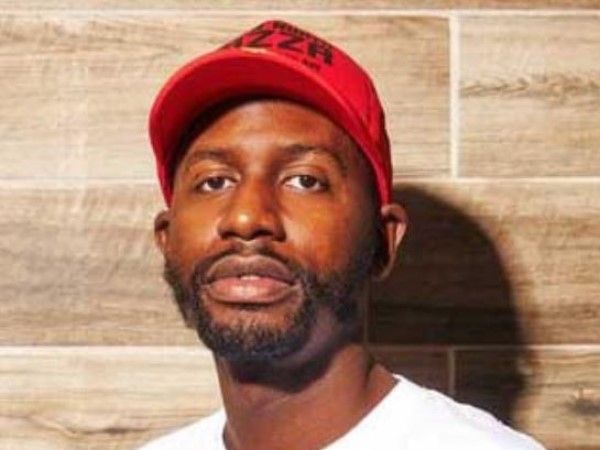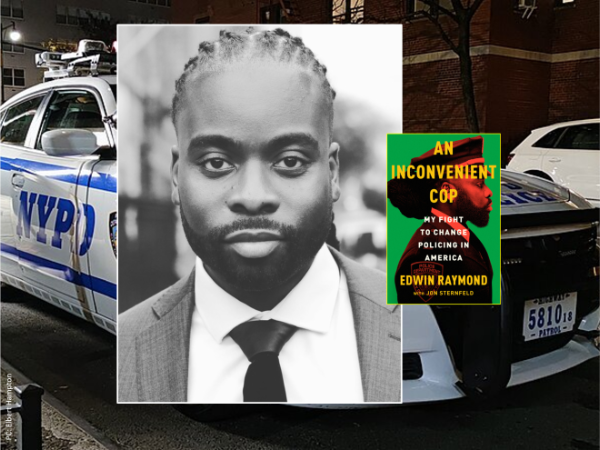“Cops … are rewarded by a system that sees Black men as threats. Harassing men of color is not an offshoot of the job, or a side effect. It is the job.“

PC: Elvert Barnes
Before we throw all cops under the bus, it's not good cops vs. bad apples. It's the system.
Let's hear from someone who spent 14 years on the inside.
Edwin Raymond grew up a child of Haitian immigrants in the poor Black neighborhood of East Flatbush. An idealist, he joined the NYPD in 2008 at age 22 to make change happen from the inside, to undo the negative policing he saw damaging his community.
That’s when he ran into the “system".
The now retired NYPD lieutenant is a civil rights activist and author of An Inconvenient Cop: My Fight to Change Policing in America. The system he found works this way:
- The NYPD is the largest police force in America. What NYPD does is taken for truth and copied all across the country and the world.
- In the 1990s, NYPD went all-in on aggressively enforcing low-level offenses (like loitering, littering, evading subway fares, and marijuana possession). These are hardly serious or violent crimes, but they thought that busting small stuff will deter the big stuff. It’s the broken windows theory and has since been debunked.
- Broken windows worked really well in the beginning. Turns out hard core criminals also commit low level offenses, so naturally the system caught many of them. Once they wised up and changed their behavior, the only people left to catch were: low level offenders.
- By then the game was on and it was too late to turn back. Arrest/Summons (aka tickets) became the #1 way to show how tough you were on crime, with politicians, city leaders, and police chiefs all playing along.
- In 2002, broken windows turned into stop and frisk, a highly effective way of getting the arrest/summons numbers up. Anyone could get stopped if a cop had reasonable suspicion of a crime, including low level offenses.
- In reality, 9 out of 10 people stopped were Black or Latinx, often in poorer neighborhoods. Cops were repeatedly assigned to these neighborhoods because low level offenses weren’t hard to find, and marginalized people with little financial and political power made for easy targets.
- The easiest targets? Young people 24 and under were half of all stops. If you were unfortunate enough to be racially profiled for a low level offense, the ripple effect could be life-alerting: a fine you can’t afford, a court date you can’t make due to work, a new criminal record, a job you now can’t get, family disruptions, housing that rejects you, another arrest for an outstanding warrant etc. Once you enter the system, it holds onto you.
Through it all the arrest/summons numbers continue to look good, we’re tough on crime, and the public citizens feel comfortable … unless you’re Black, Latinx and especially under 24.
Read this book if you want to learn more about what Raymond went through, what he sees as possible solutions.

Muhammad Abdul-Hadi, Down North Pizza
In the meantime, we can support small businesses that are helping formerly incarcerated people with training and jobs to get back on their feet, such as:
- Lutunji’s Palate in Minneapolis,
- Down North Pizza in Philadelphia,
- Planting Justice in Oakland,
- beelove in Chicago, and
- Red Bay Coffee in San Francisco.
“Have you heard?” is our way of sharing another point of view on commonly held beliefs. Through this we hope to encourage curiosity, dialogue, and tolerance of diverse ideas.

